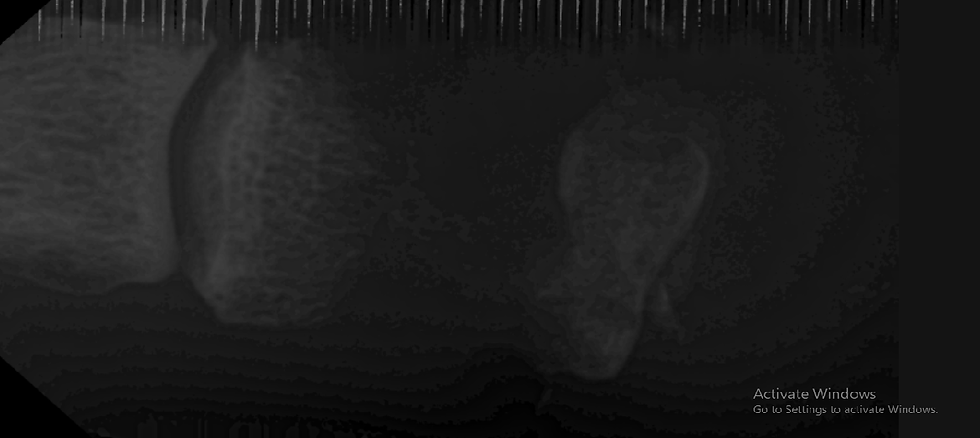Unlocking the Key to Understanding Diabetic Foot Ulcers: Causes, Symptoms, and Treatment Options
- DR Dinesh Vats
- Jan 29
- 2 min read
Updated: Jan 30
Introduction: Diabetes mellitus is a heterogeneous group of disorders characterized by hyperglycemia. It can affect people of any age group and has a high global burden. In 2022, 14% of individuals aged more than 18 years were living with diabetes, which is an increase of 7% since 1990. In India, 11.4% of individuals have diabetes, which is equivalent to 101 million people.
Complications: Treating diabetes is not just about controlling hyperglycemia; it involves managing various complications, which can be broadly classified into:
Macrovascular Complications:
These involve larger blood vessels. Around 12.3% to 32.2% of people with diabetes without good glycemic control can develop macrovascular complications. Diabetes can cause endothelial dysfunction, an early marker and predictor of atherosclerosis. This increases the risk of thromboembolism and cardiac arrhythmias, leading to a higher chance of heart attacks or strokes.
Microvascular Complications:
Chronic hyperglycemia can cause endothelial dysfunction in the tiny blood vessels of small organs like the eyes, kidneys, and nerves. These complications include:
Diabetic Retinopathy: Damage to the retina of the eye.
Diabetic Nephropathy: Also known as diabetic kidney disease. The urine albumin-creatinine ratio is a valuable test for assessing kidney health.
Diabetic Neuropathy: Causes numbness, tingling, pain, or burning sensations in the hands and feet. It is a major cause of diabetic foot ulcers.
Case Presentation: A 63-year-old male with chronic alcoholism and a known case of T2DM for 5 years, on regular medication (Tab gliclazide 30 mg OD, Injection glargine 18 IU HS), presented with a complaint of a non-healing ulcer over the 2nd toe of the right foot for one month.


Examination:
General physical examination: Grossly normal.
Local examination: Tender 2nd toe of the right foot with mild purulent discharge.
Investigations:
X-ray of the toe suggests osteomyelitis of the 2nd phalanx.
Fasting blood glucose: 211 mg/dl
Postprandial blood glucose: 383 mg/dl
HbA1c: 9.50%
Complete blood count: Grossly normal
Lipid profile: Grossly normal
Liver function test: Within normal limits
Kidney function test: Within normal limits
Thyroid profile: Grossly normal

Image 3. X ray Lat. View of 2nd toe of same patient showing osteomylitis. 
Image 4 X ray AP view of 2nd toe of same patient.
Management: The foremost priority is achieving good glycemic control. The patient was started on metformin 1000 mg twice a day, sitagliptin 100 mg + dapagliflozin 10 mg in the morning, glimipride 1 mg at noon, and injection glargine continued. The infected bone was surgically removed, and appropriate antibiotics were started after obtaining a wound swab culture. The patient was advised daily dressing, and the wound healed completely within 20 days of treatment. The patient is further advised to get regular checkups to ensure good glycemic control.





Exceptional work drsab🫡